
 Instagram
Instagram
Related products
What should a baby wear to bed?
.png?v=1676034843180)
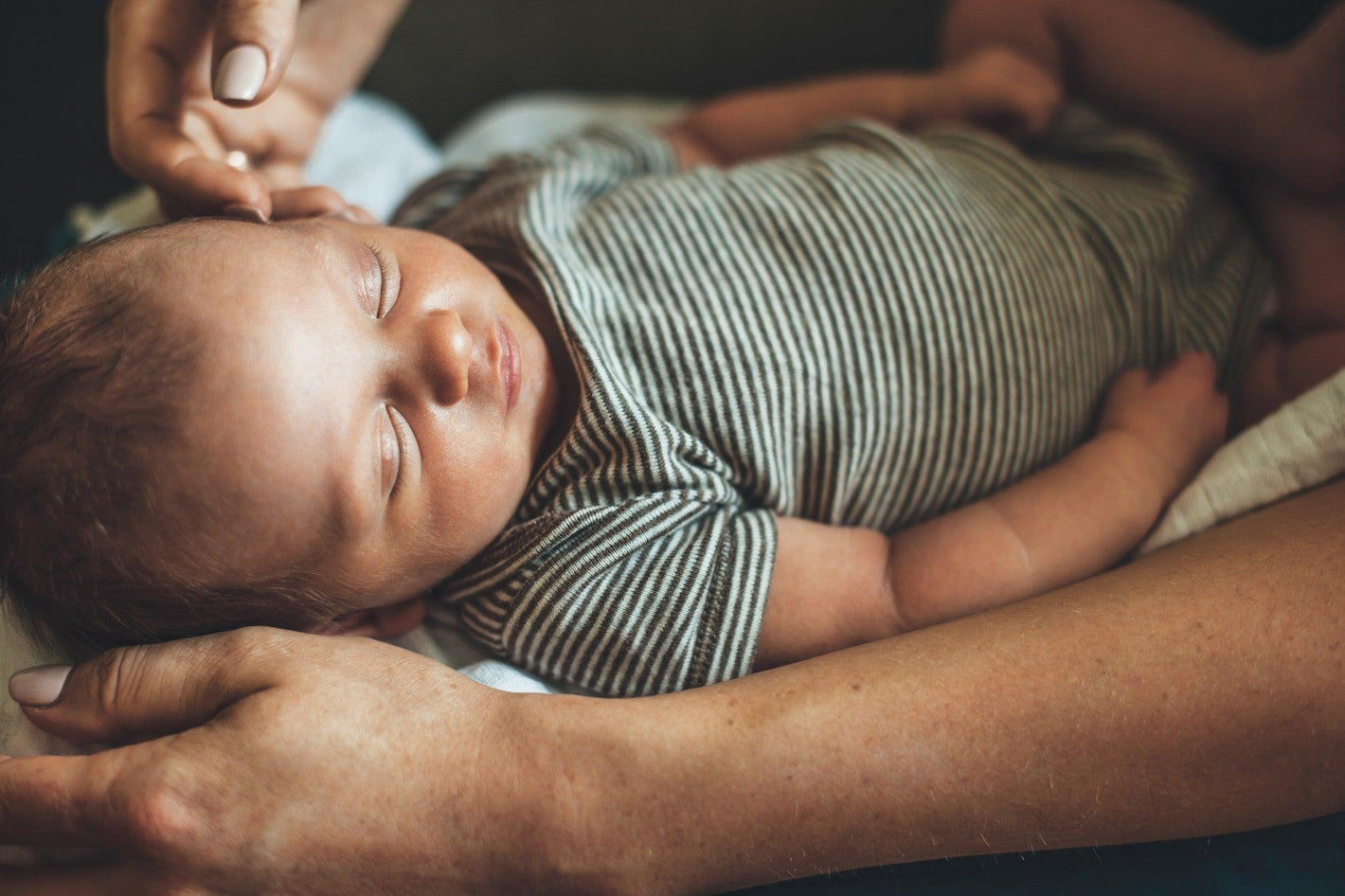
Related products
Ensuring your baby sleeps comfortably and safely at night is one of the top concerns for new parents. Among the many questions you may find yourself asking, one stands out: what should my baby wear to bed? The answer isn’t always as straightforward as it seems, especially when you factor in changing seasons, fluctuating room temperatures, and the various stages of your baby’s growth.
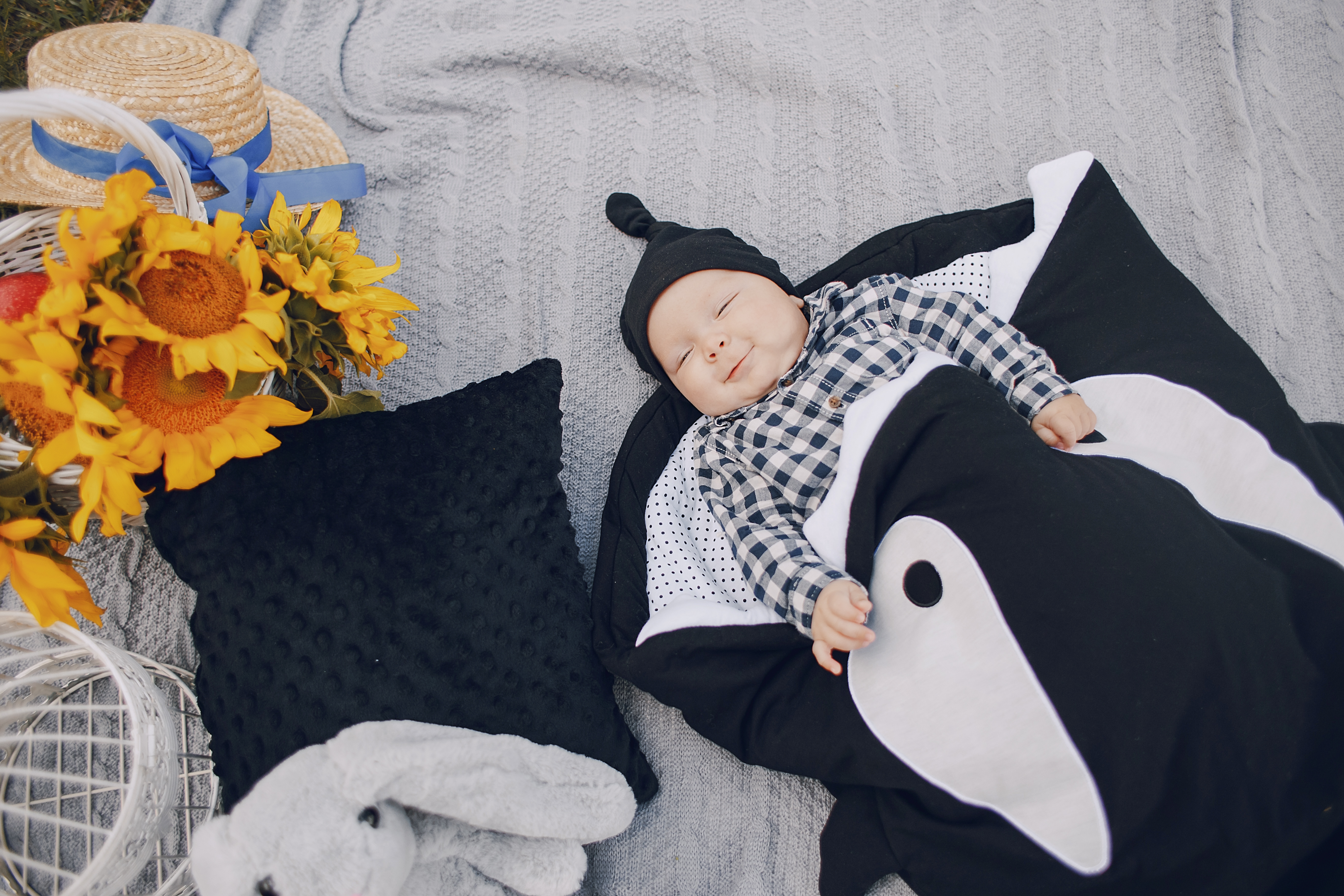
In this guide, we’ll walk you through everything you need to know to dress your baby appropriately for bedtime, while also exploring other common causes of disrupted sleep and how to address them.
What are the main factors to be considered?
Over time, various rules for dressing babies have developed and are recommended by paediatricians. Some general rules to be considered are;
Understanding the Basics of Baby Sleepwear
Babies are not able to regulate their body temperature as efficiently as adults, which is why what they wear to bed can significantly impact how well—and how safely—they sleep. A good rule of thumb is to dress your baby in one additional layer than you would wear yourself to bed. For example, if you’re comfortable sleeping in a T-shirt and pyjama bottoms, then a long-sleeved sleepsuit and a soft sleep sack may be just right for your baby.

When dressing your baby for sleep, the golden rule is to keep them warm - but not too warm. Babies can’t regulate their body temperature as well as adults, so dressing them in breathable, lightweight fabrics such as cotton is ideal. A simple long-sleeved onesie or baby sleep suit is typically enough for room temperatures between 16–20°C, which is the recommended range for safe infant sleep. Overheating is a known risk factor for sudden infant death syndrome (SIDS), so it's crucial to avoid overdressing. Babies should never sleep with hats or heavy blankets.
In colder seasons, layering is more effective than using thick clothing. Start with a vest or bodysuit and add a sleepsuit or footed pyjamas on top. A wearable baby sleeping bag or swaddle can also help maintain warmth while minimising the risk of loose blankets. For children prone to night waking, consider natural sleep aids such as herbal drops or soothing balms, which can ease anxiety and create a more settled bedtime routine.
Welzo’s sleep aids for babies & children features products like BioRay KIDZ - Sleepy, that can be combined with a preferred drink, or simple mists like BetterYou Roald Dahl Kids Sleep Body Spray, with the calming scents of lavender and chamomile, offer a gentle way to support calm, restful sleep without strong chemicals or sedatives. These products are especially useful during developmental phases when babies may experience disrupted sleep patterns.
Diapers Matter: Why Overnight Nappies Are Crucial for Baby’s Sleep
Another often underestimated factor in baby sleep quality is the choice of nappy. A damp or leaking diaper can wake a baby and cause discomfort, leading to crying and broken sleep cycles. This is why choosing high-absorbency, breathable nappies specifically designed for overnight wear is vital. These nappies help keep moisture away from your baby’s skin, preventing rashes and irritation that can cause additional fussiness during the night.
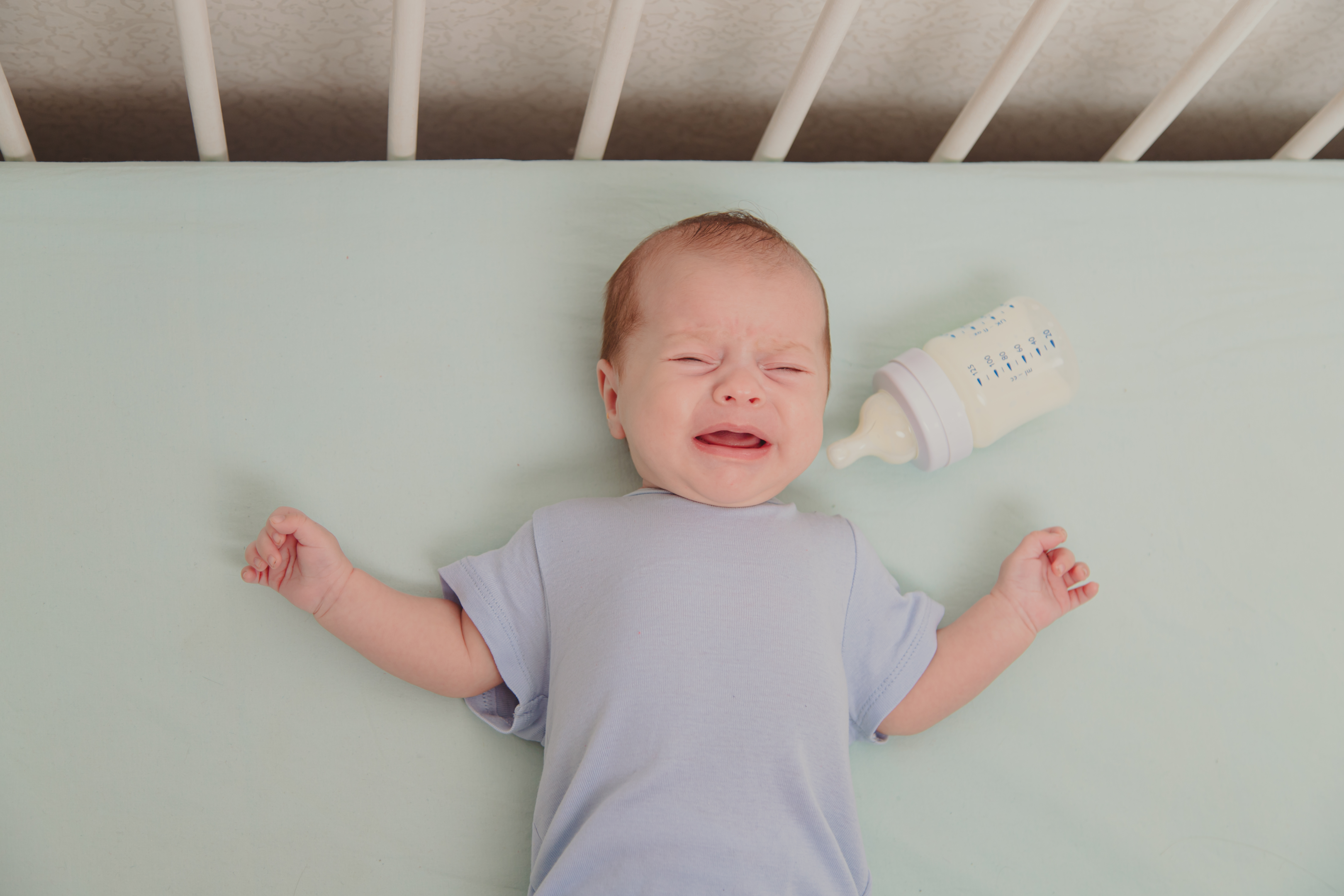
Parents often find that investing in quality baby nappies designed for night-time use makes a significant difference in how well their baby sleeps. Brands that focus on long-lasting dryness and a snug fit—available through Welzo’s extensive baby diapers & nappies collection—help reduce the frequency of night changes and keep babies asleep longer. Choosing a nappy with stretchable sides and breathable material ensures maximum comfort and reduced chafing. For babies with extra sensitive skin, options like hypoallergenic or biodegradable nappies offer additional reassurance. By ensuring your baby stays dry throughout the night, you reduce the need for frequent disruptions and help them establish a healthier, deeper sleep pattern.
Choosing Between Snug Pyjamas, Swaddles and Sleep Sacks
Once your baby starts to roll over, traditional sleeping bags may no longer be safe. This is the time to switch to soft, snug-fitting pyjamas. These are designed to fit close to the body without the use of chemical flame retardants, reducing fire risk while staying breathable and safe. Unlike loose clothing that can cover a baby’s face during sleep, snug pyjamas offer both comfort and security.
When it comes to newborns, many parents wonder whether to use a swaddle or a sleep sack. Swaddling involves gently wrapping your baby in a lightweight, breathable blanket to mimic the womb and reduce the startle reflex. Sleep sacks are looser, wearable blankets that leave the arms free. For newborns, swaddles often help babies sleep more soundly by providing a greater sense of security.
That said, swaddling should be done with care. It must allow enough room for hip movement and should always keep your baby on their back. Once babies begin to roll—usually around 3 to 4 months—it’s important to stop swaddling. At this stage, a sleeveless wearable blanket or sleep sack can keep your baby warm while allowing safe movement and helping prevent the risk of SIDs.
The Hidden Disruptors: Why Your Baby May Still Struggle to Sleep
Dressing your baby properly is only one piece of the sleep puzzle. There are a variety of other factors that can disturb your baby’s sleep, many of which are related to physical discomfort.
Hunger, for example, is a common cause of night-time wakefulness, especially in infants under six months. Babies often need feeding every few hours, and if they aren’t getting enough nourishment during the day, they may wake more frequently at night. If you're bottle feeding, finding the right formula can make a noticeable difference. Parents looking to support their baby’s night-time nutrition may want to explore Welzo’s formula & milk powder section, where you'll find options specifically designed to support longer, more settled sleep.
Another frequent cause of disrupted sleep is Colic. Characterised by long bouts of crying, colic typically peaks in the early evening and can make bedtime incredibly stressful. Colic-related discomfort is often linked to gas or digestion, and using specially designed bottles or safe over-the-counter treatments can provide relief. You can discover solutions in Welzo’s colic medication, where products are tailored to reduce gas and improve feeding comfort. To help your baby transition from breast-feeding to baby nipples, we recommend using Lansinoh NaturalWave Fast Flow Teats to reduce colic, gas and reflux.
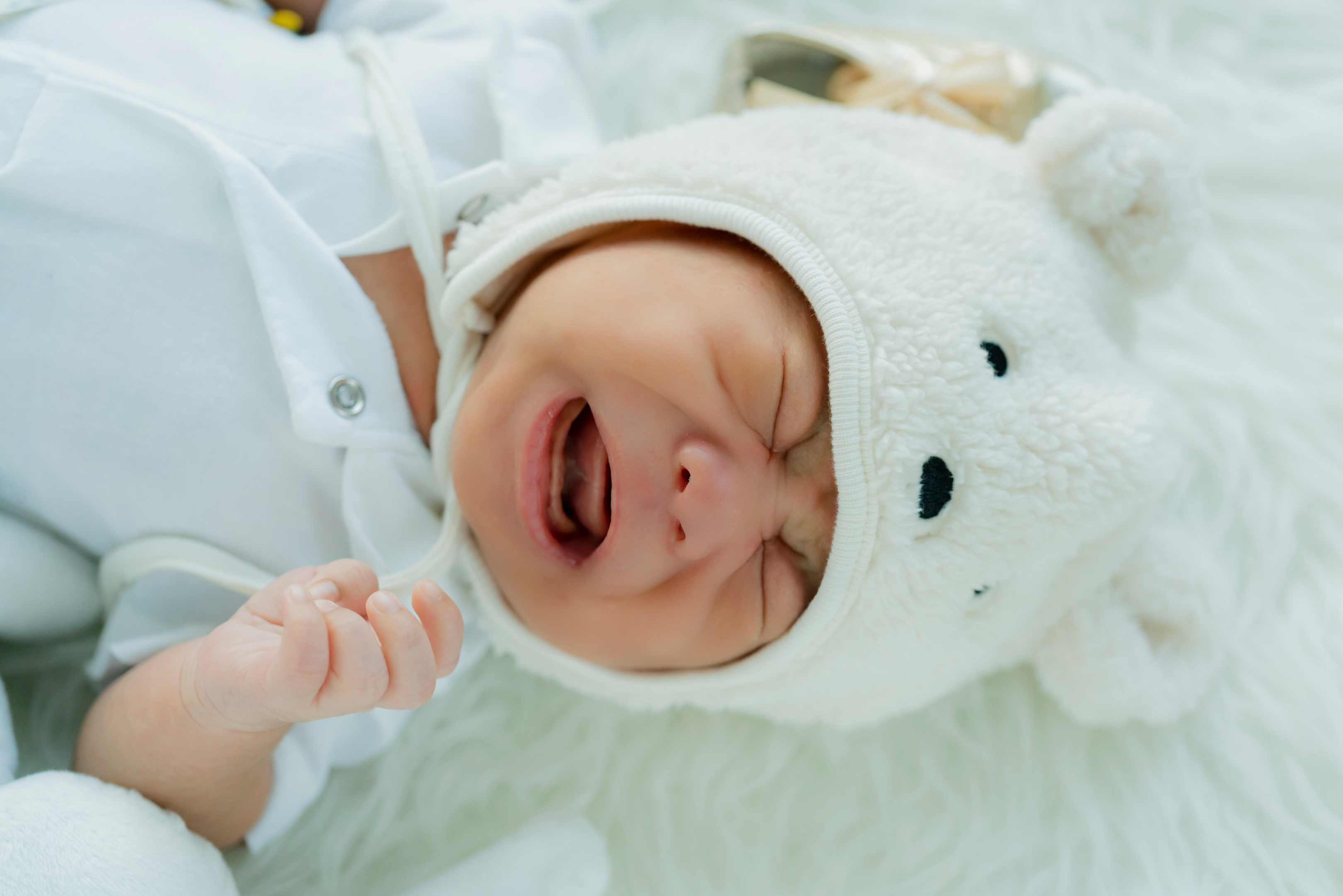
Babies are prone to silent reflux in which the stomach contents backflow into the food pipe and even into the mouth leading to severe stress. Read "What is silent reflux in babies?" to know more about what this is and how it can create distress in babies.
Teething is another common culprit that can wreak havoc on a baby’s sleep. Swollen gums, drooling, and irritability often begin around the 4- to 6-month mark, and many parents report that teething pain intensifies at night. Applying a natural teething gel or using age-appropriate oral pain relief can soothe your baby’s discomfort and help them rest. You can find trusted teething solutions, including Ashton & Parsons, within Welzo’s teething collection.
Skin discomfort, such as eczema or general dryness, is often overlooked but can cause significant sleep interruptions. Babies with sensitive skin may wake due to itching or irritation, especially if the fabric they’re wearing is too rough or if they’ve skipped their moisturising routine. Bathing your baby with gentle products and applying a mild, fragrance-free lotion afterwards can improve their comfort. Welzo stocks a wide range of child & baby skincare products made specifically for delicate skin.
How to check the sleeping comfort of the baby?
Babies can't talk about their problems but they can send out physical messages. It is your job to decode these messages and decide about their comfort. Most parents learn quickly to understand the baby's cues.
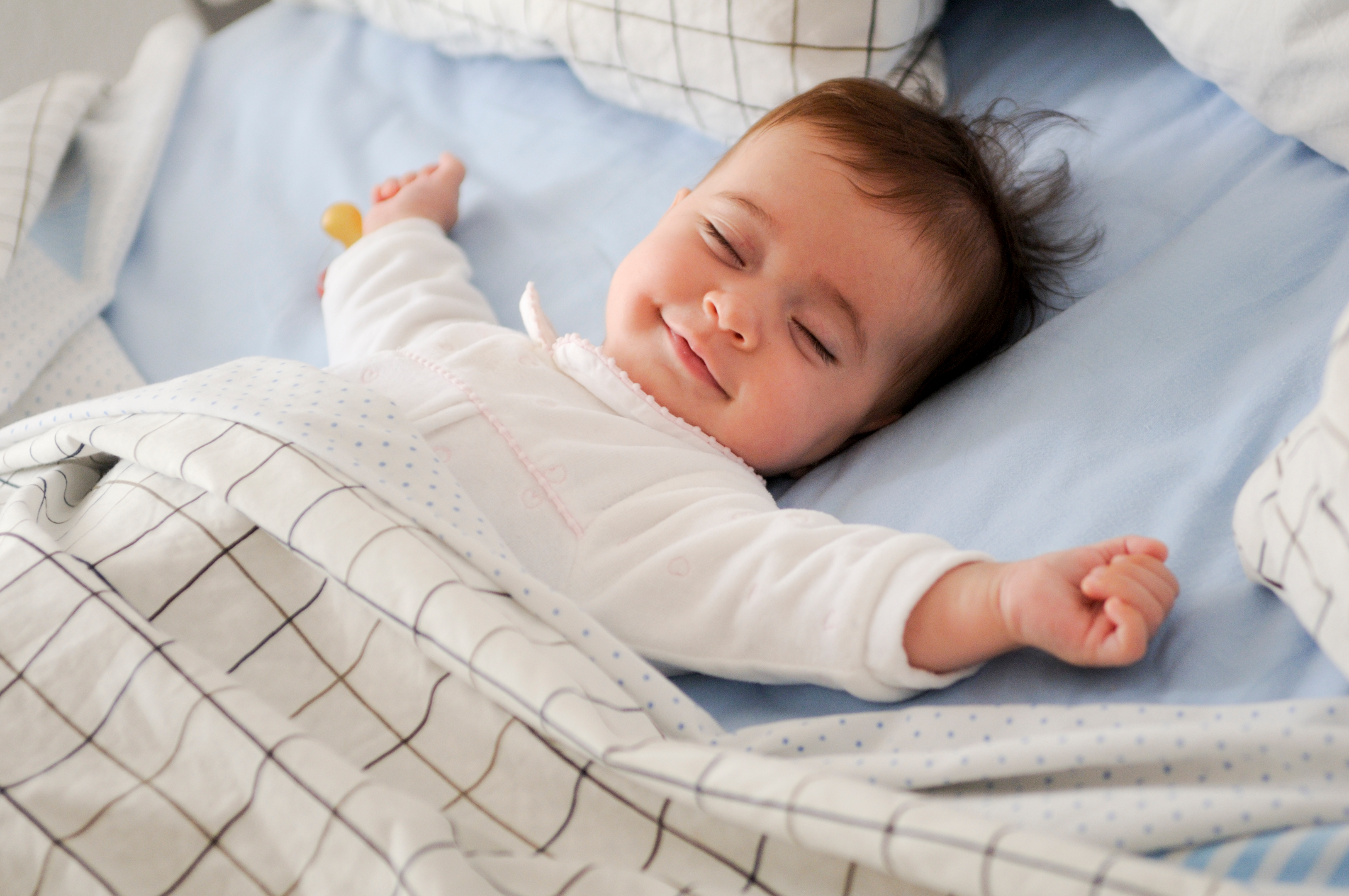
The following points will help judge the thermal comfort of the baby.
-
If the baby is well-fed but is still showing signs of distress, it could mean they are feeling too cold or hot.
-
You should also focus on other critical physical indicators, e.g., increased respiration, red cheeks, wet cheeks, rashes, sweat, etc., which are the signs expressed by an overheating baby. However, the extremities e.g., hands and feet may still feel cold as the circulatory system of the babies is still under development.
-
When you are doubtful, touch and feel the skin on the chest, belly or neck. You will need immediate cooling action if these areas are warm or wet. Remove one layer and lower the room temperature as the overheating is associated with SIDs.
-
Keep monitoring after regular intervals. Overheating may not be a big issue in itself. However, you need also to check for cooling.
-
If you notice that the hands or feet are too cold and appear slightly blueish, it is a sign of cooling, and you need to add an extra layer or turn on the heater.
-
Avoid panicking and wait, as the toes will return to normal within a few minutes.
Establishing a Nightly Routine for Better Sleep
In addition to proper clothing and addressing physical discomfort, a consistent bedtime routine is one of the most effective ways to improve your baby’s sleep. A warm bath followed by a massage with calming baby lotion can help signal that it’s time for rest. Quiet activities like story time or soft lullabies reinforce the association between these cues and sleep. Using gentle, baby-safe bath products from Welzo’s baby and child toiletries or bubble bath collections can enhance this routine and make bedtime something your baby looks forward to.
However, a calming bedtime routine doesn’t just end with a bath and a lullaby - it includes preparing your baby’s skin for overnight comfort. Welzo’s child & baby skincare products feature dermatologist-tested formulas that are gentle enough for new borns but effective at locking in moisture. Products containing soothing ingredients like chamomile, calendula, or oat extract can be particularly comforting after a warm bath. If your child suffers from eczema or sensitive skin, incorporating an emollient as part of their nightly routine can significantly reduce night-time flare-ups. Regular use of baby-friendly creams and lotions not only keeps your child’s skin smooth and irritation-free but also signals to them that it’s time for bed—creating consistency that promotes healthy sleep habits. This simple act of applying skincare can become a bonding experience that calms your baby and prepares them mentally and physically for sleep.
Some Valuable tips for Better Sleep
Although the role of dressing is paramount, there are a lot of other factors to be considered. Here are some valuable tips that will increase your baby's comfort during naps and night sleep.
-
nighttimeThe baby should be placed on a firm surface on their back. However, when the baby learns to roll over their belly, there is nothing to worry about.
-
As soon as the baby learns to roll, you should leave the swaddle as it restricts the movements of the baby's arms, which are needed to flip correctly.
-
The use of a fan is crucial, particularly during moderate weather. It not only causes air circulation but also reduces the danger of SIDS.
-
The bassinet of the crib should be free of stuffed animals, positioners, wedges, pillows, blankets, bumpers etc. There should only be the pacifier alongside the baby.
-
Keep the baby in your own room if possible for at least 6-12 months. The studies have noted that sharing a room reduces the risk of SIDS by almost half. However, sharing the bed is not recommended, and the baby should be in a separate bassinet or crib.
Bottom-line
Many parents tend to underestimate the importance of bedding at night. But, it has a lot to do with the baby's comfort and providing a safe infant sleeping environment. Although many variable factors are involved, the choice of pyjamas or swaddles is an essential factor to consider. All these factors will ensure a trouble-free night for you and your little one.
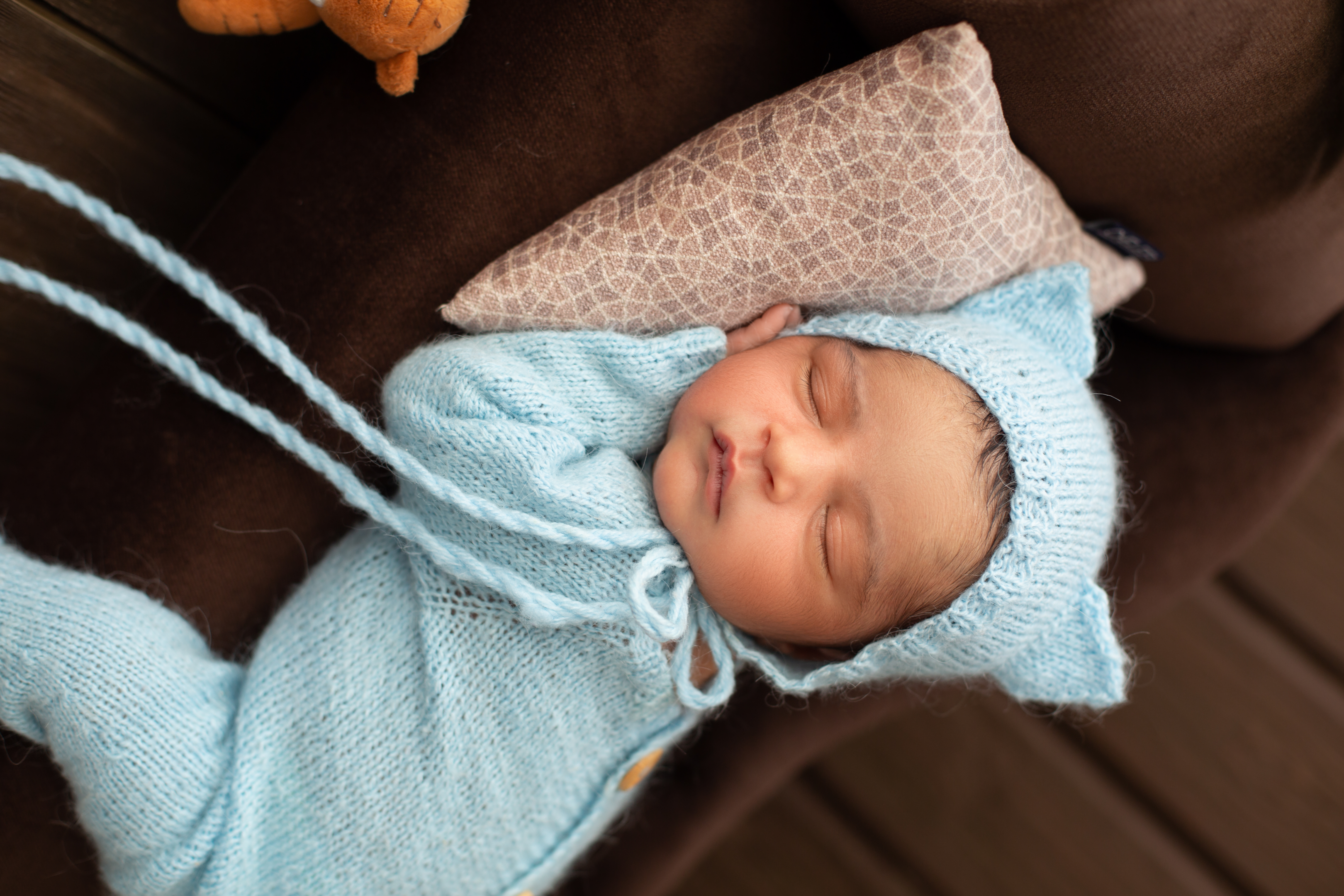
During sleep, the baby's chest, hip and neck should be free to move, and the head should not be covered with any warm clothing.
The parents are often highly concerned about the baby's health, but they seldom know how about the products available to deal with any unexpected situation. Our Welzo online store has many products related to baby and child health. These products include medicines, nutritional supplements and skin products. Click here to explore the products and order your desired one.
If you need any assistance with how the baby sleeps and other issues related to the health and care of your lovely little soul, click here for consultation.

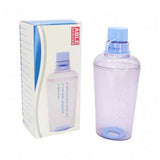
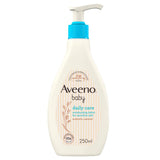
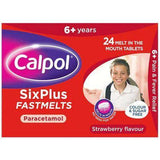
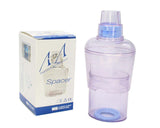
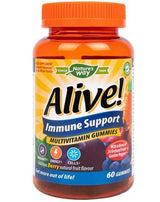
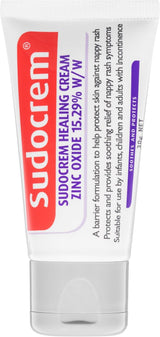
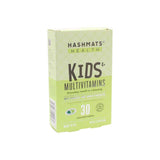

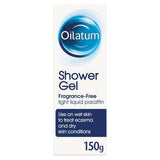
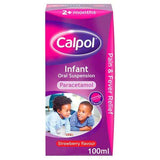

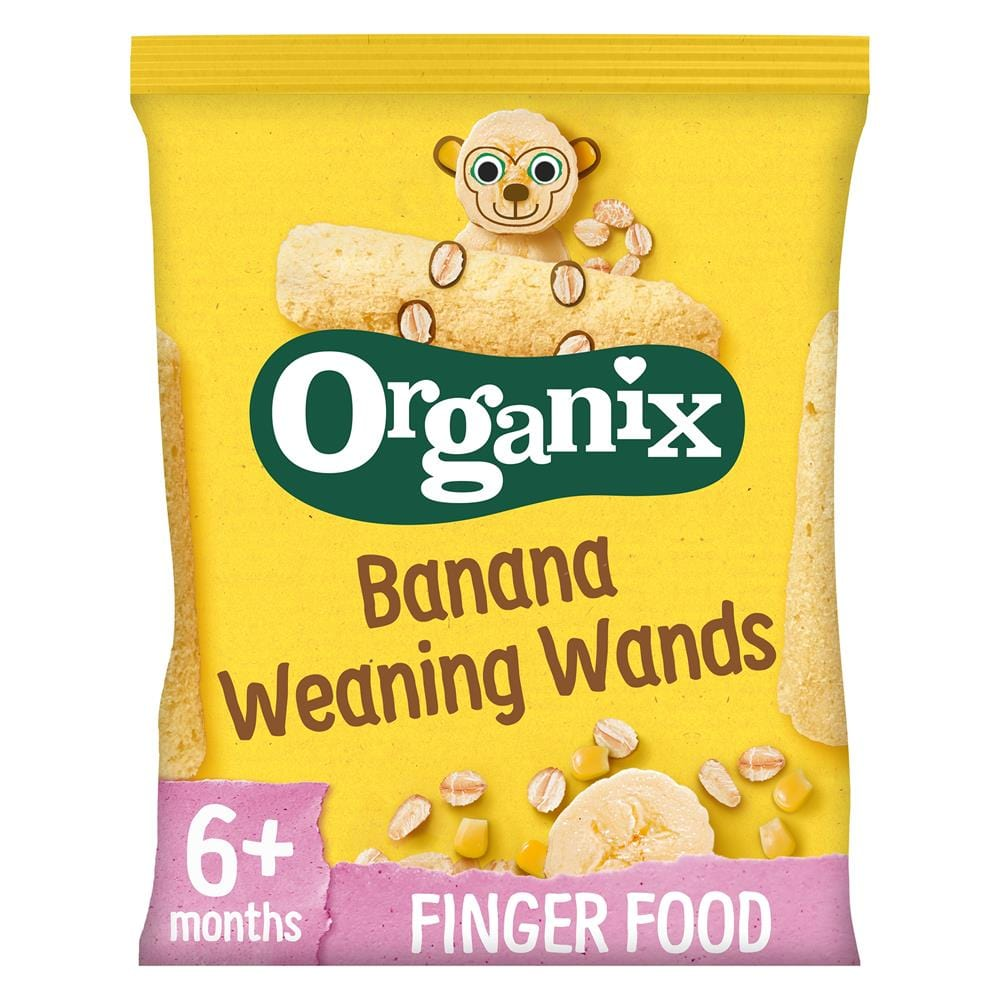
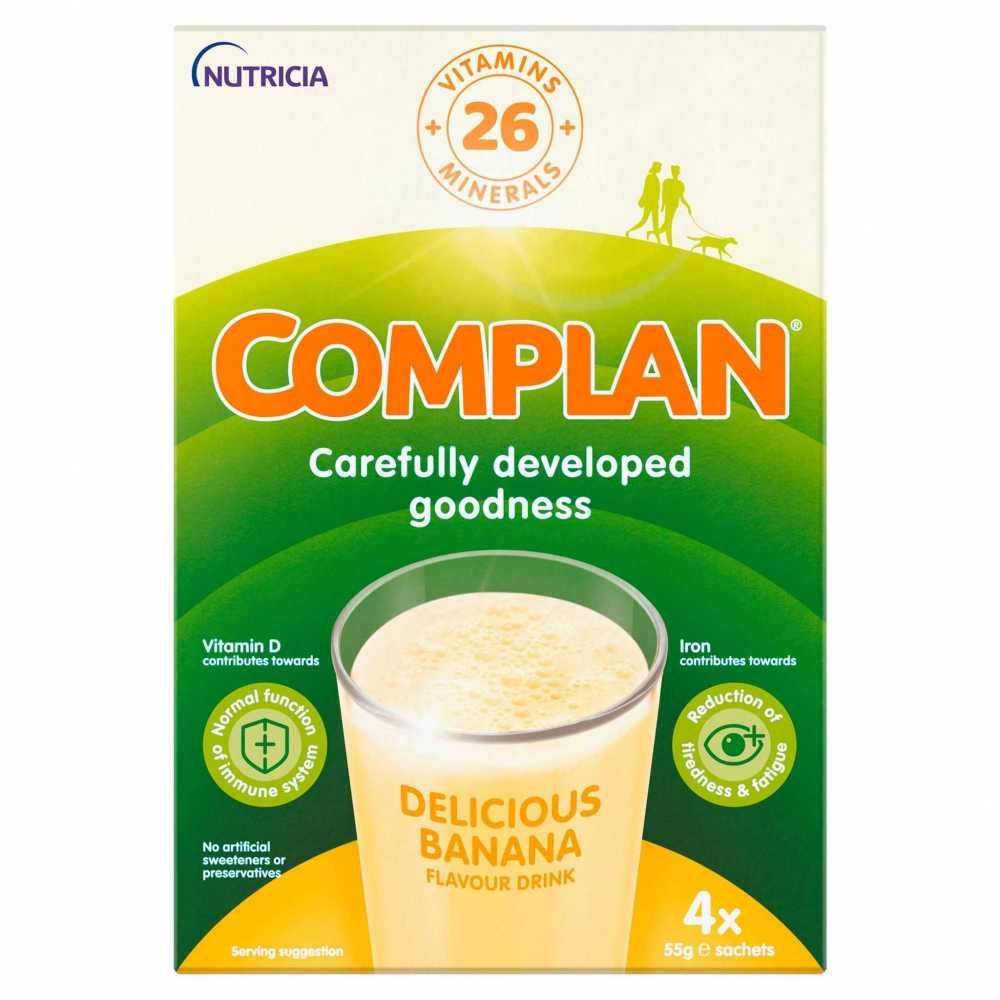

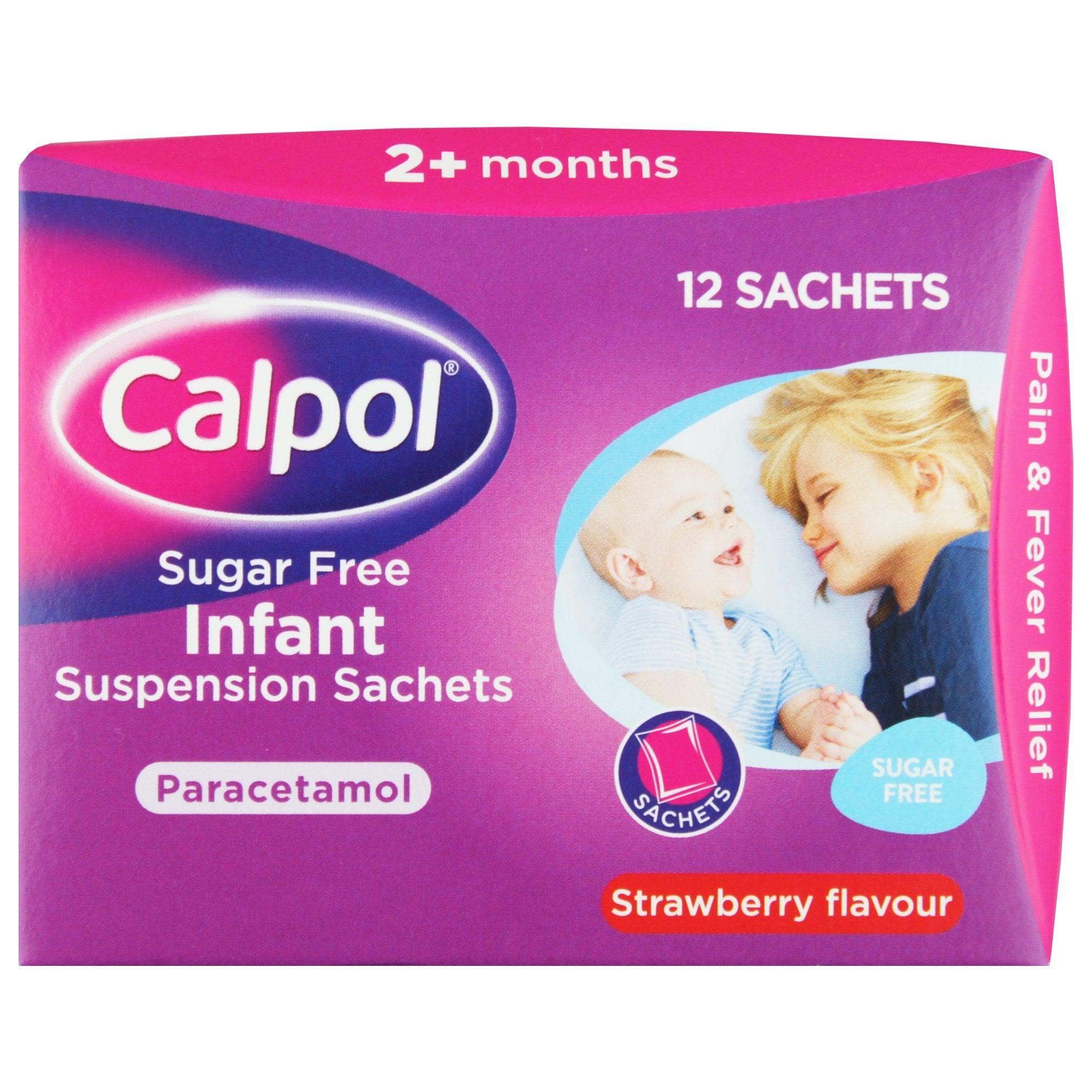
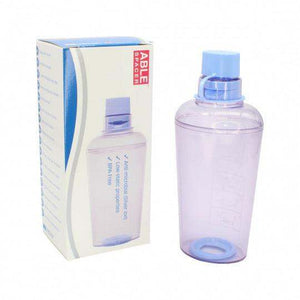

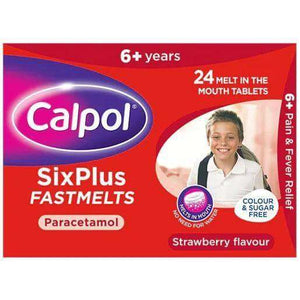
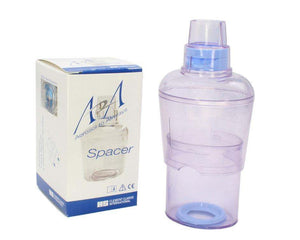
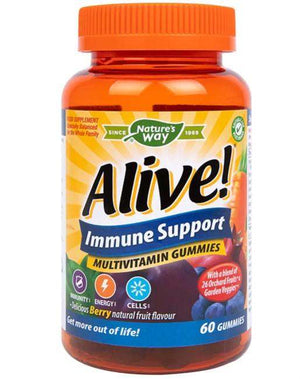
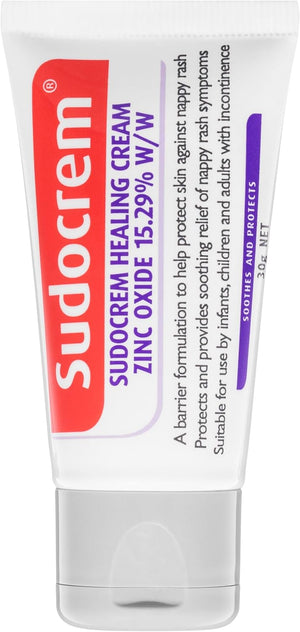
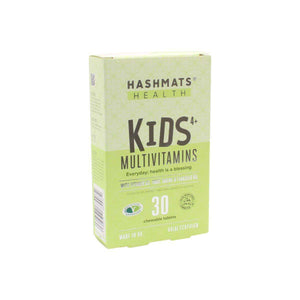



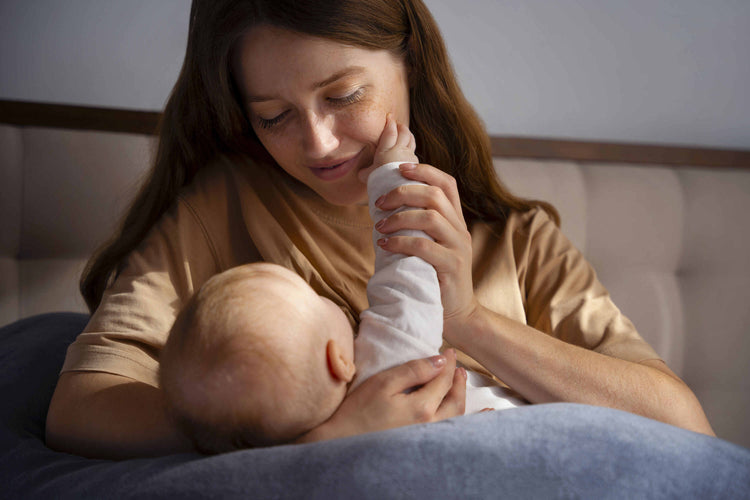
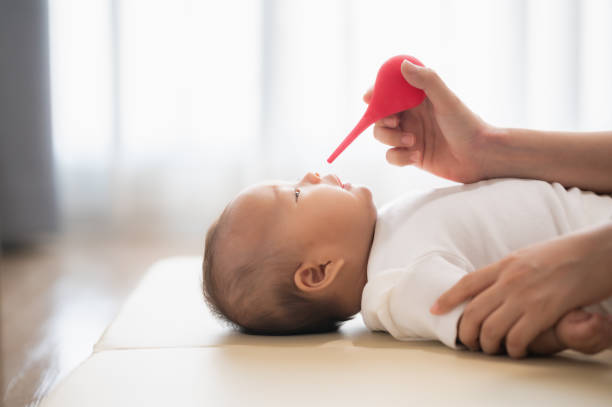
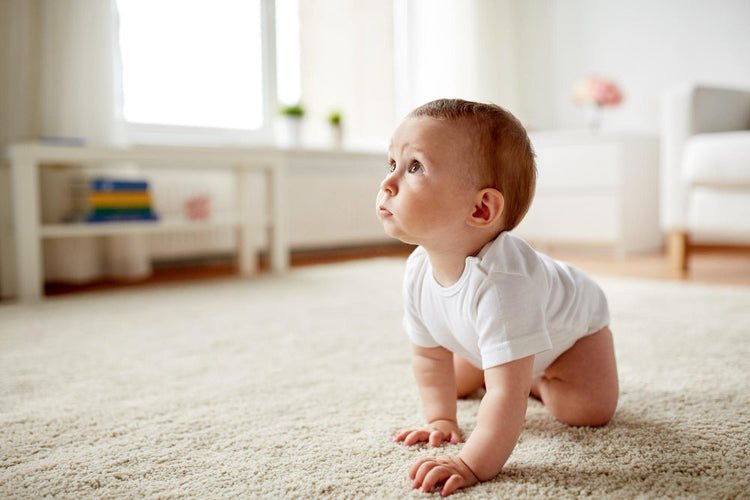
 Rated Excellent by 26,523+ Reviews
Rated Excellent by 26,523+ Reviews